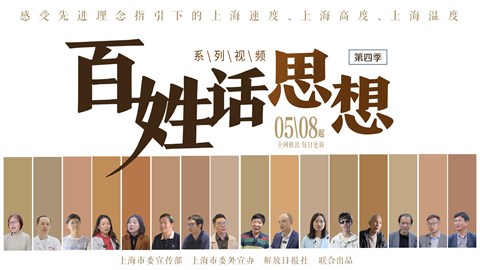Ice-snow economy on the boil in China thanks to Winter Olympics
The Beijing 2022 Winter Olympics have brought not only good games, but also momentum for China's booming "ice-snow economy."
Games-related souvenirs, ice and snow sports equipment and associated travel services are all selling like hotcakes.
Sales of Winter Olympics-licensed souvenir goods surged by a factor of 21.2 year on year during a recent 29-day online shopping festival celebrating Chinese New Year, said Gao Feng, Ministry of Commerce spokesman.
Ski equipment and ski clothing sales jumped 62.9 percent and 61.2 percent, respectively.
Winter sports products are also a hit in offline stores. Flying off the shelves in some of sporting goods retailer Decathlon's stores from as early as December has been ice and snow equipment, especially gloves, hats, snow goggles, helmets and snowshoes.
In terms of tourism, the enthusiasm in China has never been higher for ice-and-snow-themed tours.
During the shopping festival, online sales of tickets for skiing more than doubled from the same period last year. E-commerce platforms reported the number of orders for ice-snow tourist goods and services increased by over 30 percent year on year.
The China Tourism Academy estimates that the total revenue of ice and snow tourism in China will reach 323.3 billion yuan (US$51 billion) this winter, attracting more than 305 million travelers in general.
Previously, due to natural conditions, ice and snow sports prevailed more in the northern part of China but popularity significantly expanded throughout the country in anticipation of the Beijing 2022.
Shanghai resident Ms Zhou, 35, originally from Fujian, a province on China's southeast coast, said she and her family recently visited an ice rink in the city during the Spring Festival.
"It was the first time we had tried ice skating," Zhou said. "The Winter Olympic Games fueled our interest in various winter sports. And we are even planning for a tour to the northeast of China to go skiing and snowboarding."
The Winter Games have led to a golden period in China's winter sports industry development, said Liang Weijian, partner of PwC China.
The increased demand for various ice and snow sports facilities has, to some extent, driven an improvement in ice-snow equipment technology innovation on the supply side.
The ice and snow industry has also started to deeply integrate with other related industries, leading to the development of winter sports training and education, tourism and fitness sectors, Liang said. He believes the industry has broad prospects in China, and related equipment and clothing will become hot spots for ice and snow consumer upgrades.
The market scale of China's ice and snow industry has seen rapid expansion in recent years.
Data from the General Administration of Sport shows that the total scale of the industry exploded from 117.7 billion yuan (US$18.5 billion) in 2013 to 520 billion yuan in 2019, posting an average annual growth rate of 28.1 percent.
The ice-snow industry system, with fitness and leisure, competition and performance, arena operation, equipment manufacturing, and ice and snow tourism as the main ingredients, has initially taken shape, it said.
The number of relevant enterprises has also shown a significant upward trend. According to data technology service company Tianyancha, there are around 27,000 existing snow and ice industry-related companies in China as of this week, including those in the business of skating, skiing and snowmaking.
About 4,230 of them were newly set up within a year.
As proposed in a national plan, China is to keep promoting the ice and snow industry, expecting its overall scale to exceed 800 billion yuan this year and to break through 1 trillion yuan in 2025.
















